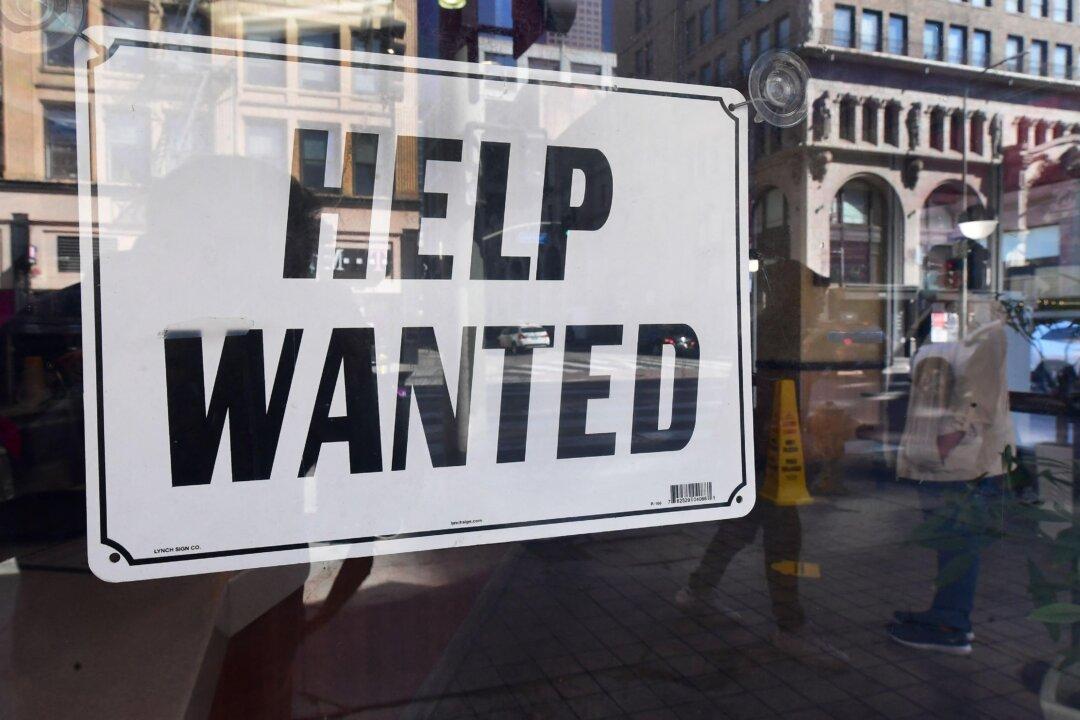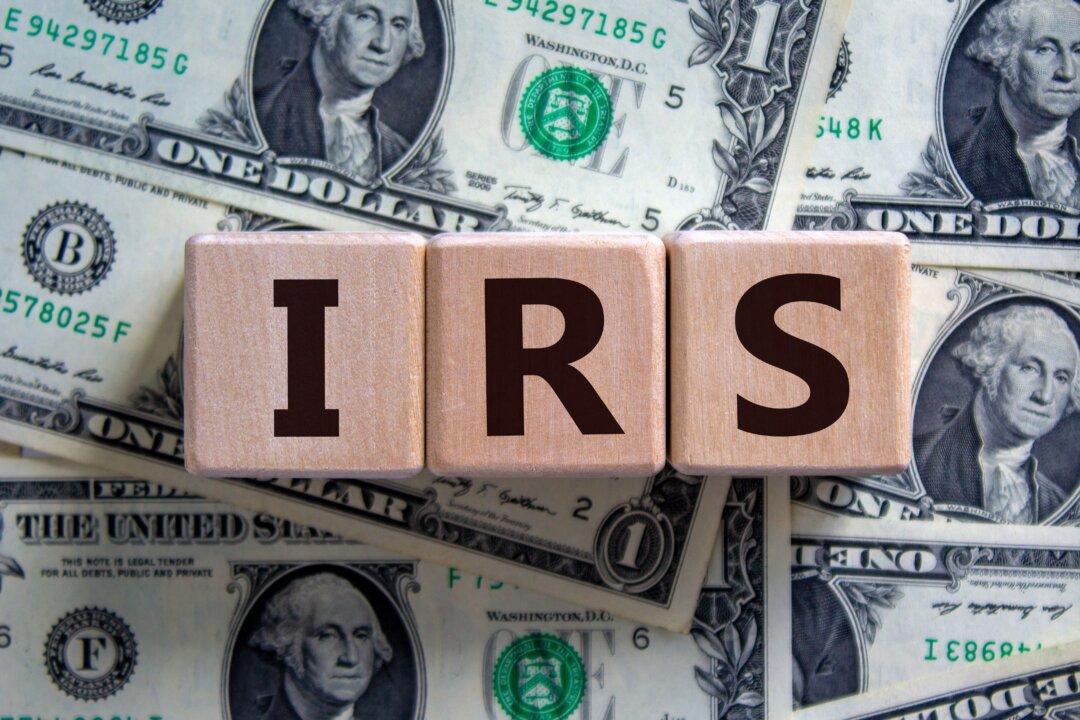The NFIB Small Business Optimism Index fell to the lowest point in the 48-year history of the metric in June, as growing storm clouds on the horizon of the U.S. economy threaten the ability of small-business owners to maintain profits.
The NFIB index fell by 3.6 points to an unprecedented low of 89.9, reflecting the growing challenges of maintaining a small business in the 2020s economy. This makes June the sixth consecutive month in which the index was reported below the 48-year average of 98. However, the drop-off was significantly more severe than in May, when the index fell by only 0.1 point to what was then an all-time low of 93.1. The score this month suggests a rapidly worsening outlook for small-business owners, as many of the problems that have afflicted their enterprises show few signs of abating.





